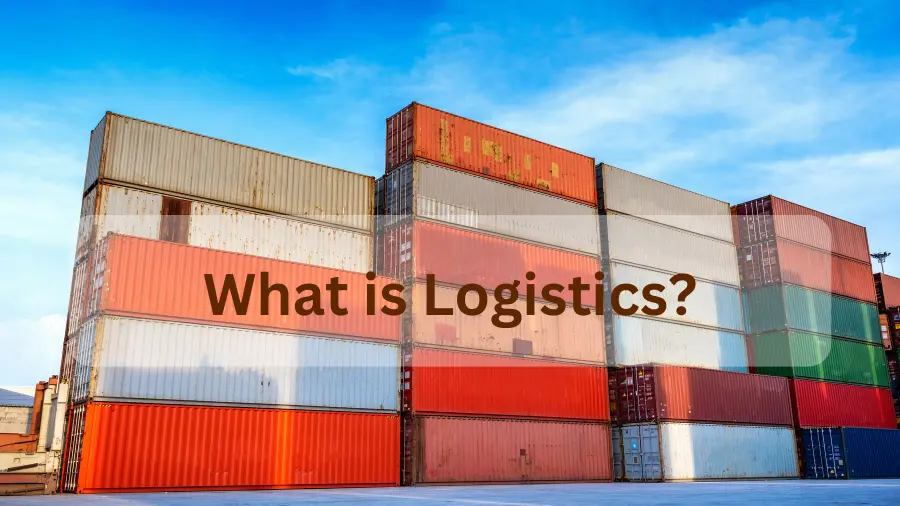In today’s competitive business environment, effective logistics management is critical to success. As we’ve discussed before supply chain management is the foundation for any thriving organization, with logistics playing a key role in its efficiency. Surprisingly, logistics alone accounts for 8% of global GDP, and optimizing logistics can lead to cost reductions of up to 10% and improved delivery times by 20%. In this article, we’ll explain how logistics and its various types can streamline operations, reduce costs, and provide a strategic advantage. Let’s dive in.
Definition of Logistics
Logistics is a cornerstone of end-to-end supply chain management, dedicated to the efficient movement, storage, and distribution of goods and services. It encompasses managing the entire journey of products—from production to the final consumer—ensuring that deliveries are punctual, costs remain under control, and goods arrive in optimal condition. Ultimately, effective logistics aims to maximize operational efficiency, reduce expenses, and deliver exceptional customer satisfaction.
Why is Logistics Important?
In today’s fast-paced environment, efficient logistics is critical for businesses. It helps save costs, respond quickly to market changes, and maintain high levels of customer satisfaction. Whether handling raw materials or shipping finished products, logistics ensures smooth business operations by delivering the right product at the right time to the right place. Effective logistics management impacts key business areas:
- Customer Satisfaction: Timely product delivery enhances customer experience and builds loyalty.
- Cost Efficiency: Optimizing logistics reduces operational costs through better route planning, inventory management, and waste reduction.
- Competitive Advantage: A robust logistics system enables businesses to quickly adapt to market shifts and customer demands, giving them a competitive edge.
Types of Logistics
Logistics involves managing the movement of goods through the supply chain, including inbound logistics (raw materials), outbound logistics (finished goods), and reverse logistics (returns and recycling). Each type plays a key role in improving efficiency, reducing costs, and enhancing customer satisfaction. Let’s explain each in detail.
Inbound Logistics:
Inbound logistics refers to the processes involved in sourcing, transporting, and receiving raw materials, components, or products needed for production. It includes managing supplier relationships, ensuring timely deliveries to factories or warehouses, and coordinating inventory levels.
Effective inbound logistics reduces production delays, optimizes inventory management, minimizes waste, and contributes to cost savings, thus supporting operational efficiency.
Outbound Logistics:
Outbound logistics involves the distribution of finished goods to customers, retailers, or other intermediaries. This encompasses order fulfillment, packaging, transportation, and last-mile delivery.
Efficient outbound logistics are essential for meeting customer expectations and maintaining high levels of customer satisfaction. By leveraging technology to optimize delivery routes and streamline processes, companies can reduce operational costs, improve delivery speed, and foster customer loyalty, leading to repeat business.
Reverse Logistics:
Reverse logistics is a vital component of overall logistics, focusing on the process of managing product returns efficiently. It encompasses the movement of goods from customers back into the supply chain for repair, refurbishment, recycling, or proper disposal. This approach not only reduces waste and fosters sustainability through resource recovery but also enables companies to recapture value from returned products, cut costs, and boost overall operational efficiency.
Transform Your Logistics with IOR Africa
Ready to boost your logistics strategy? Fill out our form to discover how you can simplify imports with IOR services and hire a licensed exporter of Record to streamline your international shipments. Let our experts help you optimize your supply chain for enhanced efficiency and accelerated growth.
Deepen your knowledge by reading related articles:

